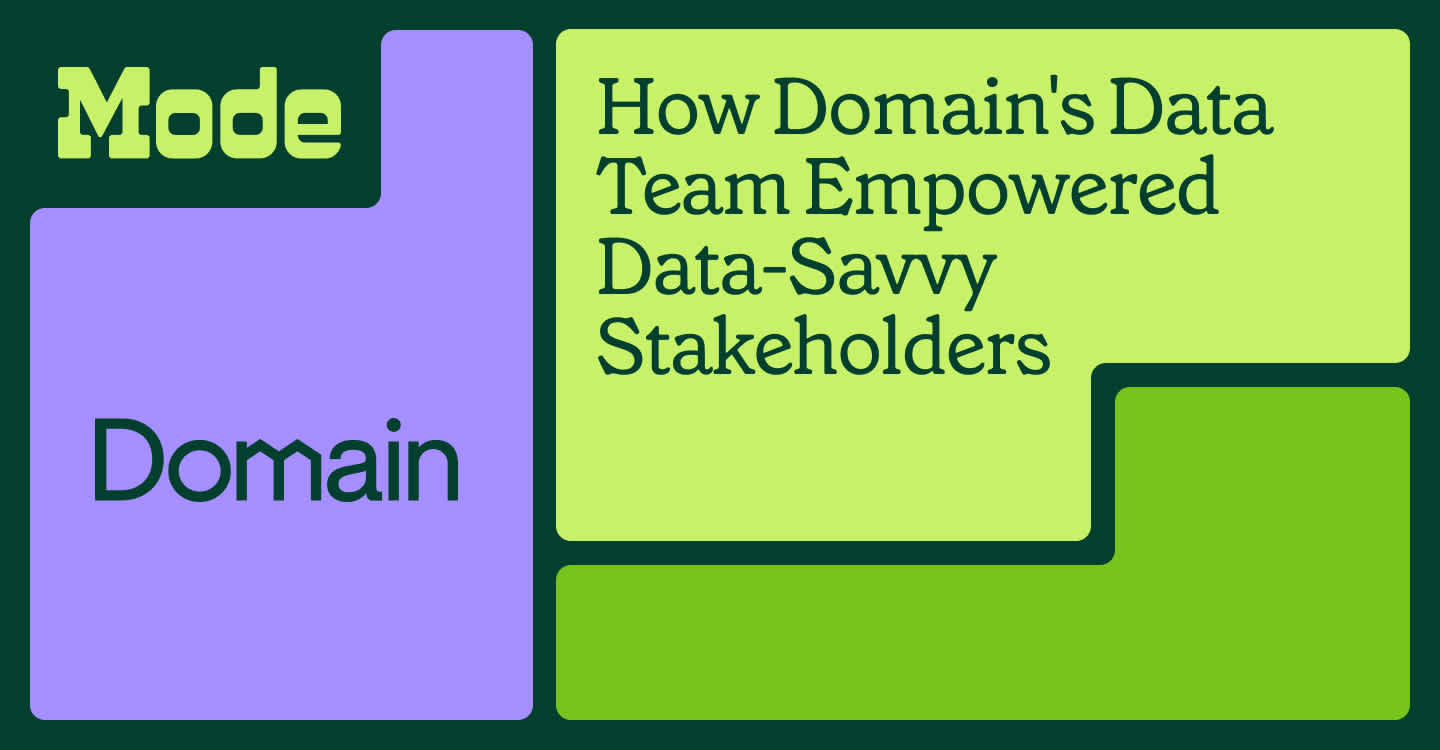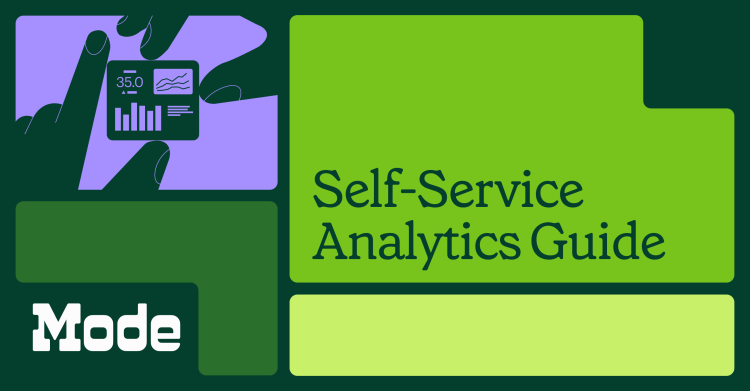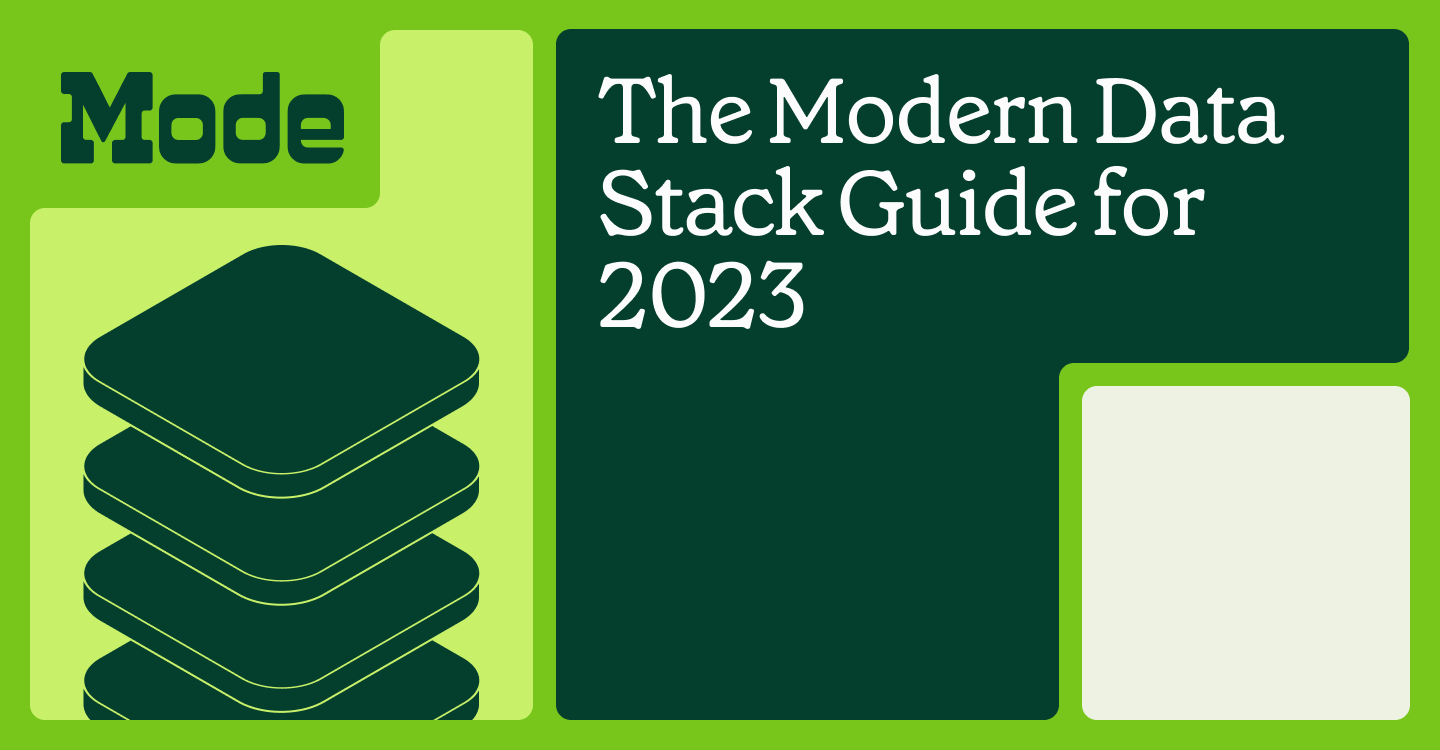How Domain's Data Team Empowered Data-Savvy Stakeholders to Navigate a Turbulent Real Estate Market

Jessica Schimm, Senior Manager, Content
May 9, 2023
NaN minute read

We're resurfacing advice from data leaders on how they navigated volatile markets in 2020 as they still apply in this new rocky economic climate. Download the full guide here.
Domain, Australia’s Real-Estate Giant, Invests in Data Heroes for Data at Scale
Domain, an Australian-based real estate giant, is a multi-sided marketplace that matches buyers to sellers, insurance agents to buyers, and sellers to banks.
They reach nearly 80% of Australian adults (5+ million people) across all regions of the country and use multiple platforms to advance their users’ wide variety of goals with real estate, from buying and selling, to monitoring investments, renovations, and refinancing opportunities.
With so many personas to attend to in a fast-moving market, the data team was often overwhelmed with requests, making data democracy a critical goal for Domain Group’s Chief Data Officer Pooyan Asgari.
“We are operating in an extremely high-velocity market environment, with an average of 300,000 properties for sale at any given time,” Asgari says. “We are dealing with a mass volume of user interactions every month, and can’t afford to wait for analysis—it has to happen in real time. Literally, everyone at our business needs access to data.”
To free up the time of his 30-person data team, Asgari started to think about how he could empower data-savvy employees within the organization.
Download

Navigating a Turbulent Market With Data
Learn how data teams navigated their companies through turbulent markets in 2020.
To increase data democracy, Domain's data leaders re-examined their data stack
Within Domain’s 800-person company, about 10% of folks are more advanced data users; internally, they’re referred to as “data heroes.” To help departments make decisions without waiting on the data team, Asgari wanted to tap into the SQL knowledge of others within the company.
As a starting point, he reexamined Domain’s data stack to see what tools could help their data heroes be as self-sufficient with data as possible. Bringing Mode in was a part of that strategy.
“Before Mode, if Domain wanted to launch a product to help millions of customers plan their property investments better, the product manager would come to the data team and say ‘Tomorrow, we will roll this out. Can you please provide us with some reports on how adoption is going?’ The data team would then look into it, and a week or more later, be able to provide some insights.” Asgari explains.
“Now, with Mode, that same product manager has someone within their own department who possesses the skills to query the data in Python or R. When the product launches, that person uses Mode to connect to the data warehouse of billions of records in real-time, and within minutes, can see live trends, conduct analysis, and take action.”
After the data team connected Mode to Tableau and Snowflake, data heroes were able to access data without always requiring their support. They quickly saw returns on speed to decisions.
“Members of the centralized data team are only brought in to provide advanced support on more complex questions.”
It was shortly after Domain had set up more data accessibility that the company experienced even more volatility with the pandemic. The company’s existing data democracy practices helped them field volatility as a marketplace and iterate faster to launch COVID-safe products to keep the business going.
What is Data Governance? Framework and Examples
The complete guide to a data governance strategy that ensures flexibility and safety.
With the help of data heroes, Domain launched six products in a matter of weeks
The pandemic brought more volatility. To survive changes in consumer demand, Domain had to quickly adapt to changing market needs and conditions.
Large and small businesses of every kind wanted to understand where they stood and what the real estate market looked like. The demand for bespoke, unprecedented analytics went through the roof “cryptocurrency style.” As Asgari put it, “You couldn’t find one individual working with data who had
three free seconds to chat with you.”
With teams having better access to data, Domain was able to deliver products that prioritized people’s safety while letting them continue their real estate goals.
“Our team would have been bombarded by all 900 employees at Domain, but a good chunk of that pressure was removed by the ability for teams to answer their own questions,” Asgari said.
A good chunk of that pressure was removed by the ability for teams to answer their own questions.
In a matter of weeks, they launched six products, including virtual home inspections and a platform for online bidding to meet their users who were now online and at home. “We had just a few days to build products that weren’t even on the roadmap,” explains Asgari. “All of these were powered by Mode and the other elements of our data tech stack.”
With data-savvy employees having access to data, made possible by Mode and other tools, Domain was able to keep up with an already fast-moving market—giving stakeholders the ability to move forward without relying on the data team for simple asks. This system of data democracy let them pivot even faster and stay afloat throughout the pandemic.
Marketplace companies can use data to cut through the noise and see the path forward
As we’ve seen in this story with Domain, successful marketplaces need strategic and organized data teams to field fluctuation and keep up with growth. When data teams are able to clean and sort massive amounts of complex data with a modern data stack, get trustworthy data available company wide, and closely monitor supply and demand, decision-makers can make the best choices about growth.
To continue to learn more about how data leaders at marketplaces scaled data efficiently, download our Marketplace Survival and Growth guide here.

Watch a product tour of Mode
Curious about how Mode works? Sit back and watch the video—no reps ;)
Get our weekly data newsletter
Work-related distractions for data enthusiasts.




